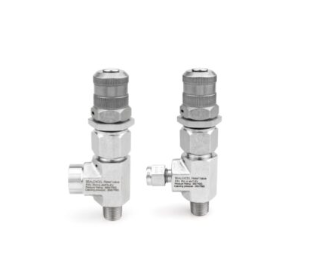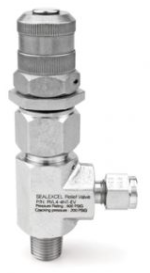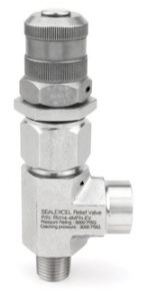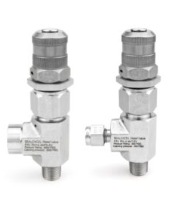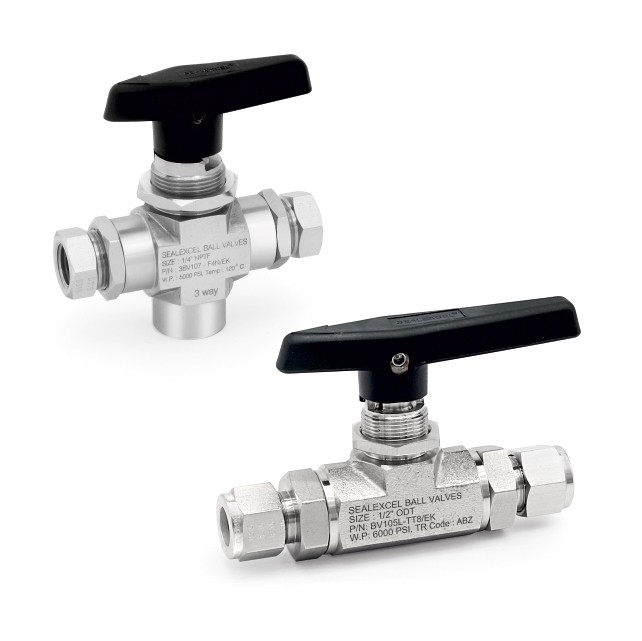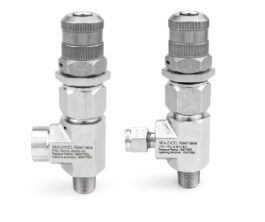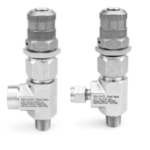
Pressure Relief Valves: An Important Safety Tool
September 22, 2024In the realm of machinery and hydraulic systems, a small but crucial component stands as the guardian of safety and efficiency: the Hydraulic Pressure Relief Valve. These unassuming devices play a monumental role in ensuring the smooth operation of various systems, preventing catastrophic failures, and safeguarding both equipment and personnel.
Understanding the Role
At its core, a hydraulic pressure relief valve is a safety valve designed to limit the pressure within a hydraulic system by releasing excess pressure. This mechanism is vital as hydraulic systems, commonly found in heavy machinery, industrial equipment, and even everyday tools, operate under immense pressure. Without proper pressure regulation, these systems could face severe damage, causing costly breakdowns or, worse, posing safety hazards.
Functionality and Significance
Picture a hydraulic system as a closed network of pipes, pumps, and actuators. As pressure builds within this network due to factors like load variations or temperature fluctuations, the relief valve acts as a fail-safe. When the pressure surpasses a safe limit, the valve opens, diverting excess fluid away from the system and thus averting potential disasters.
Key Points in Operation
Understanding how these valves operate is paramount. They’re often calibrated to open at a specific pressure threshold. Once that threshold is reached, the valve opens, releasing fluid back to the reservoir or into a secondary system. This prevents pressure from exceeding critical levels, maintaining the system’s stability.
Safeguarding Equipment and Personnel
The significance of these valves cannot be overstated. They are the unsung heroes, ensuring the longevity of machinery and the safety of those operating in their vicinity. In scenarios where pressure builds unexpectedly, these valves act swiftly, mitigating the risks of ruptures or explosions, which could lead to severe injuries or damage.
Types and Applications
Hydraulic pressure relief valves come in various types, each tailored to specific applications. Direct-acting relief valves, pilot-operated relief valves, and proportional relief valves are among the common types, each suited for distinct pressure regulation needs.
Their applications span across industries, from heavy construction equipment to aerospace technology. In manufacturing, these valves ensure presses and stamping machines operate safely. In aviation, they maintain hydraulic pressure in landing gear systems.
Maintenance and Best Practices
Like any mechanical component, these valves require regular maintenance to function optimally. Scheduled inspections, cleaning, and calibration are crucial. Moreover, understanding the system’s normal operating pressures aids in setting the relief valve at the appropriate levels.
Conclusion
Hydraulic pressure relief valves are the silent protectors within the intricate web of hydraulic systems. Their ability to monitor and release excess pressure not only safeguards machinery but also ensures the safety of those interacting with these systems. Understanding their significance, proper application, and regular maintenance are indispensable for keeping these valves—and, by extension, entire hydraulic systems—functioning seamlessly and safely.

